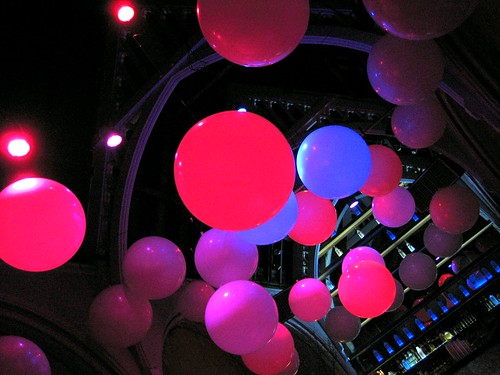
Two reasons to feel good about DAB today.
First up, the DRDB reported another excellent Christmas for DAB Digital Radio sales, with 550,000 units sold, taking the cumulative total to 6.45m. The projections for this year put the total at over 8m come January 2009, and 30% of households using Digital Radio in some way or other.
The continued strong sales of DAB Digital Radios is all the more remarkable given that the UK retail sector generally had a lousy Christmas, and consumer sentiment towards discretionary purchases is pretty weak. Is this a sign that DAB is now established as the primary radio device, and no longer a special purchase?
The breakdown of sales is also interesting, with MP3/DAB Digital Radio combined devices rating well. It’s surprising when you consider that there aren’t that many MP3/DAB combination devices, that none of the major MP3 brands are making them, and that the convergence of MP3 and DAB functionality on those devices hasn’t exactly been stellar.
Handheld devices like these are more valuable to a mobile medium like radio than kitchen radios, but they do pose a particular challenge to broadcasters in providing robust enough signal strengths for them to work reliably. It can be done, but it needs a shuffle up of the existing network plans, which is going to be complicated. DAB still seems to be growing apace, and it would be disappointing if the growth of handheld DAB devices, which offer new functionality and genuine mobility, was held back because we were slow to deliver the right quality of signal to them.
To put some numbers on that challenge:
- A DAB transmitter needs to transmit 10kW of power to provide the same breadth and quality of reception on a device as an FM transmitter at 1kW (due to a combination of path loss at the different frequencies and a slightly lighter sensitivity requirement for DAB receivers) *
- DAB is (currently) allocated only 7 frequencies, which means that nearly all DAB multiplexes are either adjacent (in frequency terms) to another multiplex in the same area, or on the same frequency as another multiplex nearby. That means there is far less elbow room for manoeuvre (currently) over transmission sites and powers.
These issues are resolvable, and the upturn in sales of handheld DAB devices should provide the impetus to start that difficult process.
The second piece of “good” was tucked away in a piece that Jack Schofield wrote about My Classic fm.
Aside from the fact that My Classic fm is something rather marvellous that my team made a significant contribution too, Jack has been very much more precise about what it is that he doesn’t like DAB, which is the use of MPEG-2 as a coding technology and the poor stereo image that Joint Stereo encoding produces. And I agree totally with Jack. DAB isn’t broken, but the audio coding technology we have in the UK isn’t optimum. And fixing that is a challenge at least as big as moving transmitters round (rainy, flooded, muddy) fields, and also one that we can’t afford to shy away from.
* Hello radio transmission engineers. I realise that this is a gross over-simplification of the issue, but without going into a realm of detail, it demonstrates the scale of the issue.